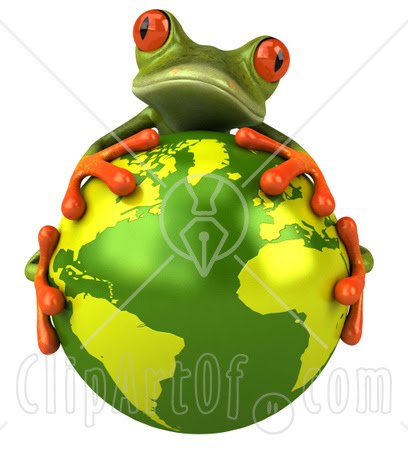
The three factors are carrying capacity, density dependent factors, and density independent factors. The carrying capacity does not allow the population growth to exceed a certain amount. The density dependent factors like the pathogen would balance out the birth rate with the death rate. Density independent factors such as the hurricane and temperature would cause people to die and decrease the birth rate.








